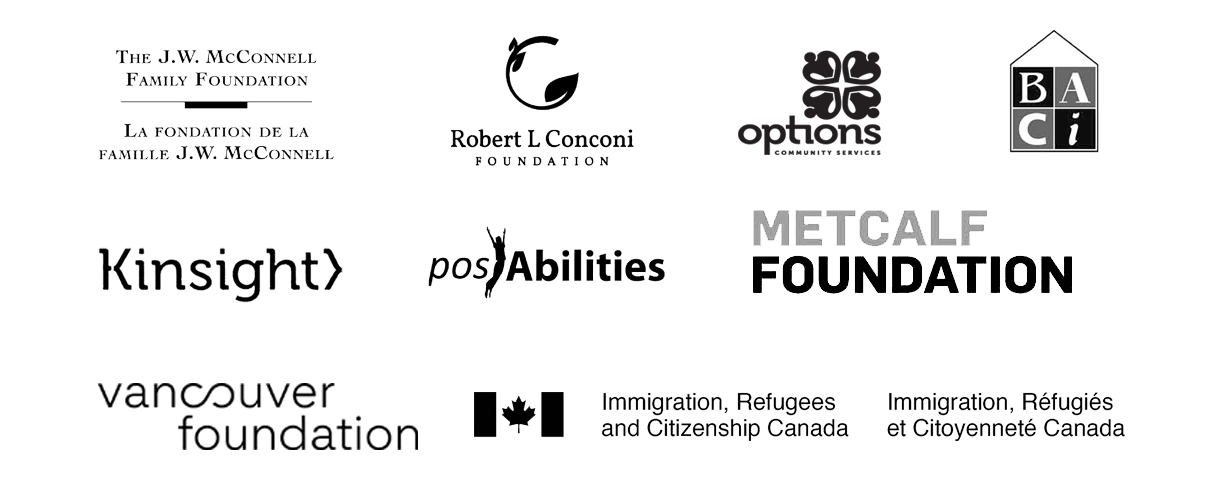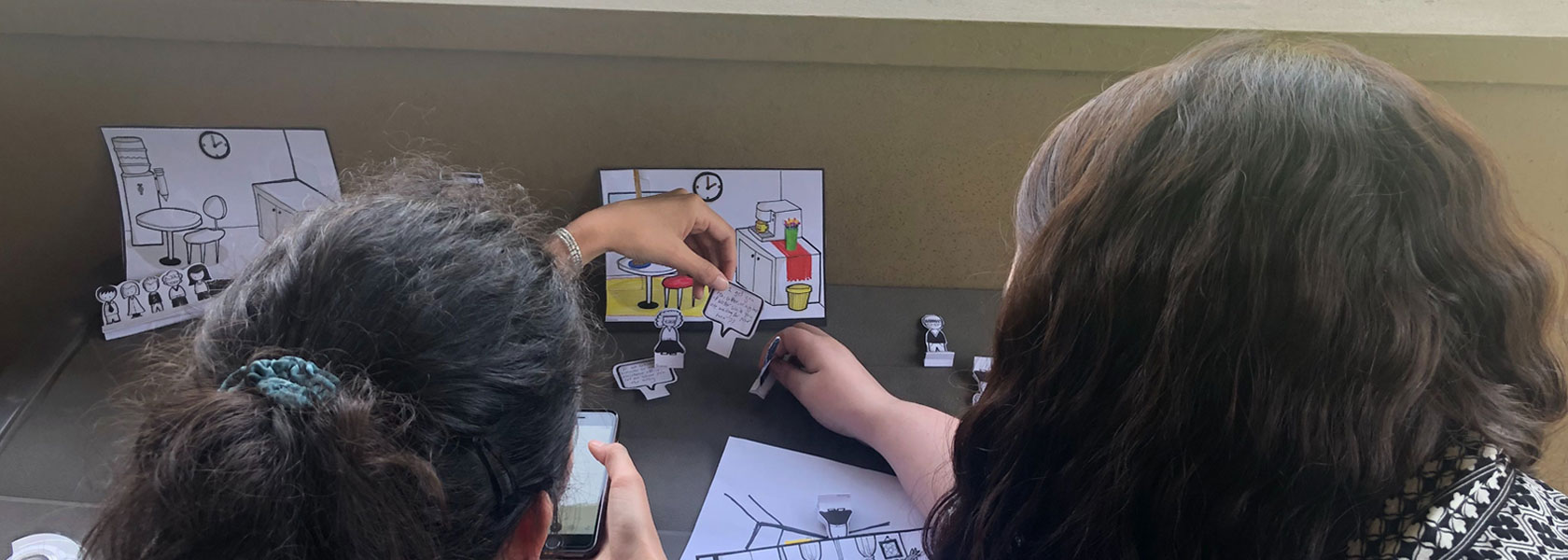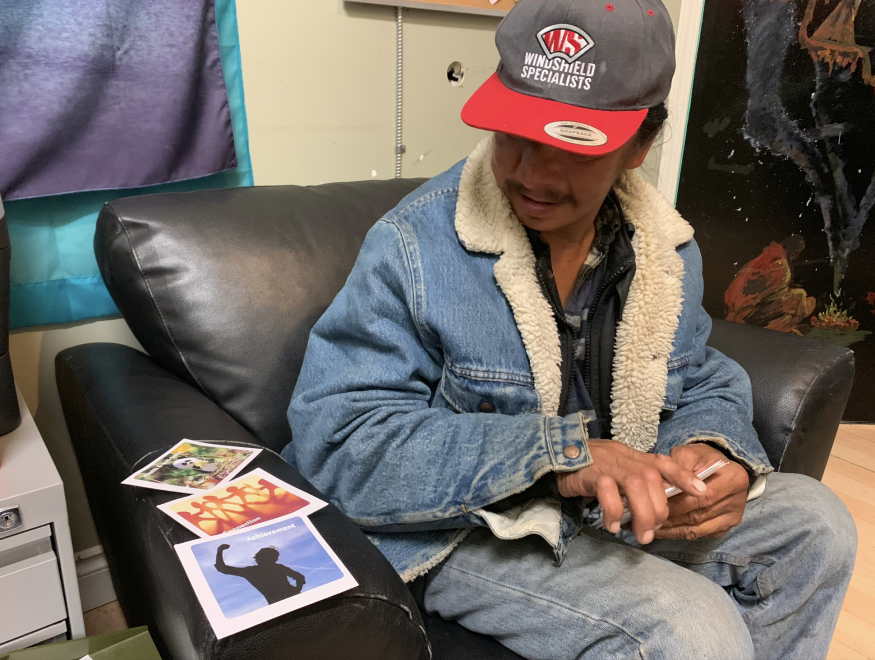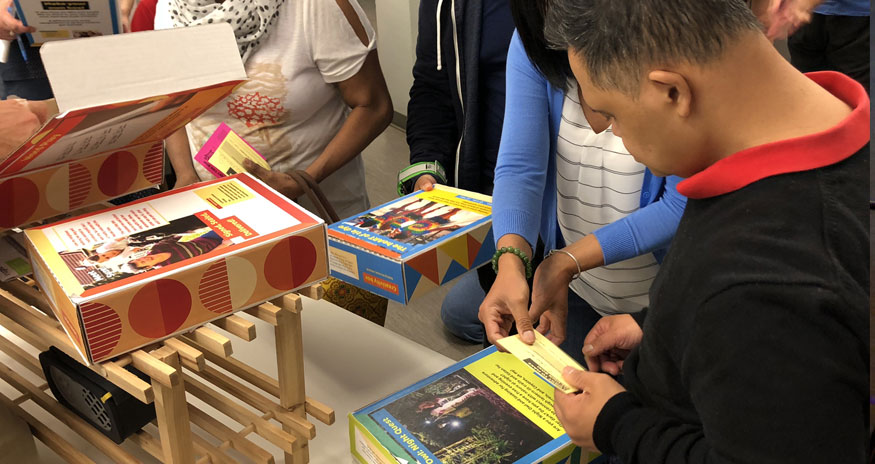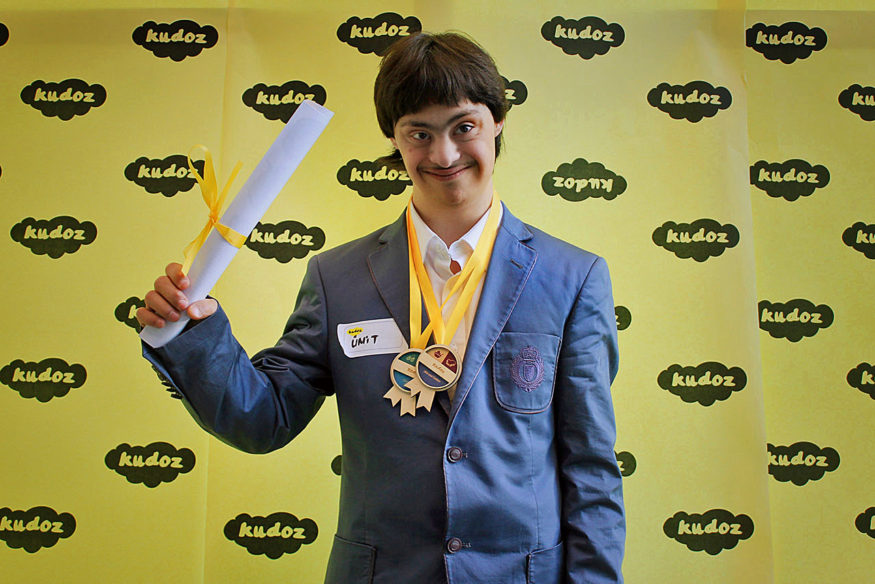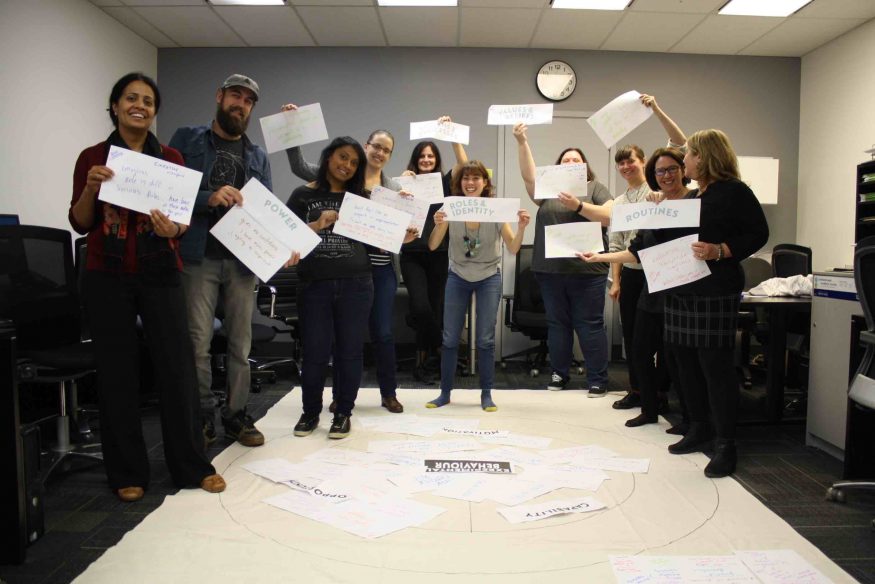We bring to life stories of what could be, working with communities to design and implement homegrown solutions. Join forces to make, test and spread transformative practice and policy.


What co-creation involves
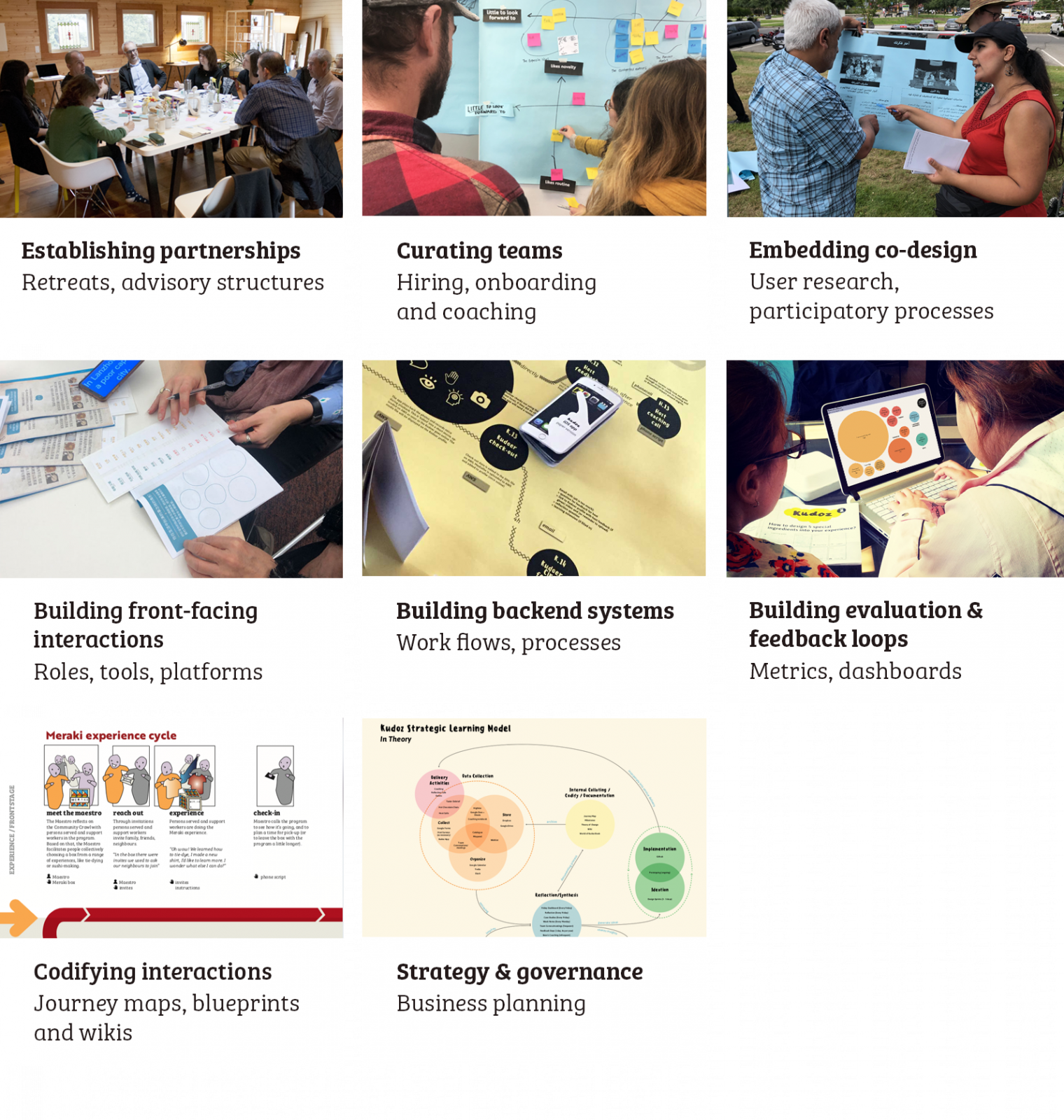
We can help you make solutions that:

Engage and grow relational capacity
By moving from non-reciprocal professional-client dynamics, where expertise and help flows exclusively in one direction, toward mutual contribution. That means we develop roles where the relational basis is one of co-learning and shared vulnerability.See how Soloss does this.
Build natural networks
By drawing on community assets we unlock greater resource and strengthen people’s networks of support and opportunity. We try to create solutions predicated on abundance rather than scarcity. That means we develop interactions that identify and leverage community members’ time, talent and treasures. See how Curiko does this.
Bridge silos & support self-identity
By using a ground-up research & design process. Welfare services are typically organized by demographic and diagnosis: young people, seniors, unemployed, mental health, and so on. All too often how the system sees people becomes how people see themselves: old, disabled, homeless, sick. We try to create solutions predicated on self-identity rather than system identity. That means we develop tools & products that foster holistic reflection and growth. See how Real Talk does this.


We draw on tools, research, and methods from:
Design
We design and test new kinds of practice and policy, collaborating with people on the margins to reimagine who and what they interface with, and how that moves them closer to where they want to be. This looks like co-creating interactions & user journeys, spaces & environments, roles & relationships, tools & materials, rules & protocols, and more.
Systems Change
We recognize that the social challenges we’re trying to address are held in place by systems. For new solutions to stick, they must disrupt old patterns of belief and resource flows. So we map system dynamics, experimenting with how to shape the invisible stuff like culture and the visible stuff like information and money.
Behaviour Change
Systems are made-up of people. To be effective, new solutions must shift (1) motivations & attitudes, (2) skills & behaviours, (3) environments & opportunities. Inspired by human development theory, we pay attention to the conditions and mechanisms of change at the individual, community and societal level.
Community Development
For solutions to rebalance power and tackle marginalization, they need to amplify fresh voices, strengthen local capacity, forge new political alliances, and foster resiliency. All along the way, we try to recognize and leverage community assets and enable bottom-up leadership.

Prototyping solutions helps to:
- Hold space for learning by making, failing, and trying
- Give power to communities to figure out what works
- Create tangible new practices and policies
- Bring about measurable shifts in outcomes
- Create examples and bright spots for systems change

Past partners
